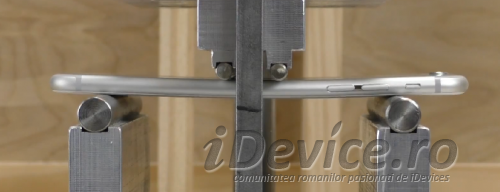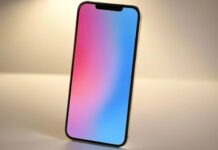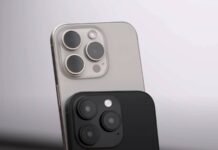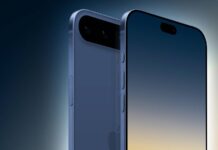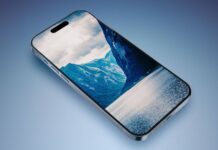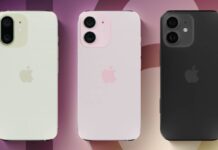Scandalul in care Apple a fost acuzata ca iPhone 6 se indoaie si iPhone 6 Plus se indoaie a motivat compania americana sa anunte ca doar 9 persoane au raportat aceasta problema si sa invite jurnalistii in laboratorul in care sunt testate produsele pentru a li se verifica rezistenta la accidente. Desi clipul video care a demonstrat pentru prima oara ca iPhone 6 se indoaie ar putea fi fals, compania Apple a detaliat totusi cele 5 metode de testare ale produselor sale si a oferit alte cateva informatii interesante.
Conform celor din Cupertino, 30.000 de iPhone 6 si iPhone 6 Plus au fost distruse in laboratorul sau pentru a se verifica daca ele sunt suficient de rezistente pentru a fi lansate pe piata, cifra fiind impresionanta. In urma cestor teste Apple a ajuns la concluzia ca daca asupra terminalelor se exercita o forta de maxim 25 KG in mijlocul carcasei, aceasta poate reveni la forma initiala, insa orice greutate mai mare decat aceasta va lasa carcasa indoita, dar terminalul utilizabil.
In ciuda admiterii faptului ca iPhone 6 si iPhone 6 Plus se indoaie daca o greutate mai mare de 25 KG este aplicata peste carcasa lor, Apple va schimba toate unitatile indoite accidental. Daca inca nu v-ati lamurit ca acest scandal este o non-problema, paote ca ar fi timpul sa o faceti.
Three-point bending: Apple’s tests place pressure on iPhones in varying degrees to make sure they can handle “reasonable” force in various situations.
Pressure-point cycling: The pressure-point cycling tests place “substantial” force across an iPhone’s display and encasing, while it is held along its edges, to ensure that an iPhone can be bent and pushed many times over during its lifespan. Apple runs this test hundreds of times to ensure durability.
Torsion testing: Apple clamps down an iPhone at both ends and twists the handset about 8,000 times. The company does this to make sure its devices can handle twists and torque in various situations, such as sitting on an iPhone unevenly.
Sit tests: A single phone is placed into simulations reflecting real-life scenarios, such as being in the back pocket of tight jeans. Phones are sat on, against a hard surface, thousands of times and in multiple positions in a pocket. Sit tests cover both orientations of the glass screen—facing out and facing in.
Real-life user studies: Another part of testing involves real humans, hundreds of company employees live with and use the phones in various situations to test for both durability and performance. Employees who have the highest usage rates on their phones are selected to take part, and Apple methodically checks the phones for any issues as they’re being used.


